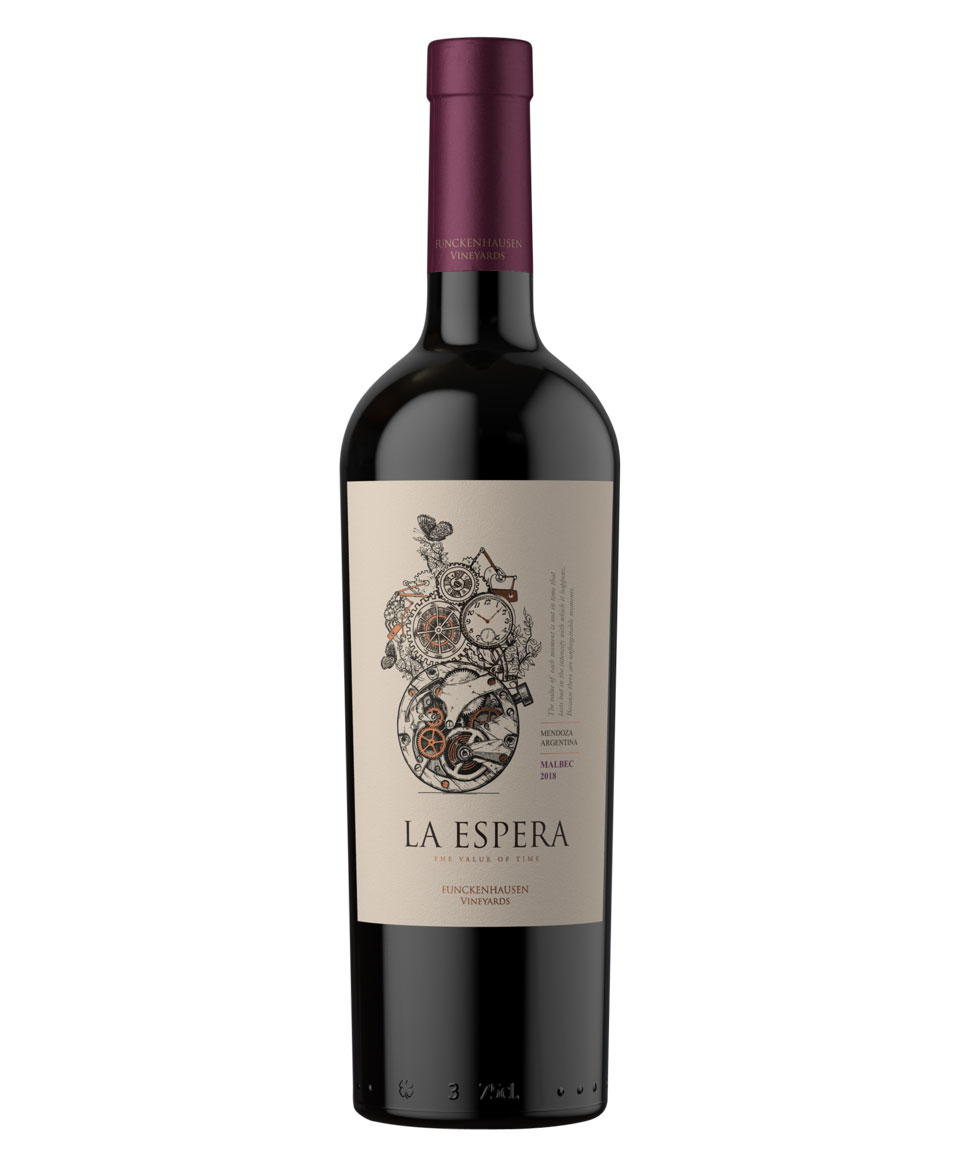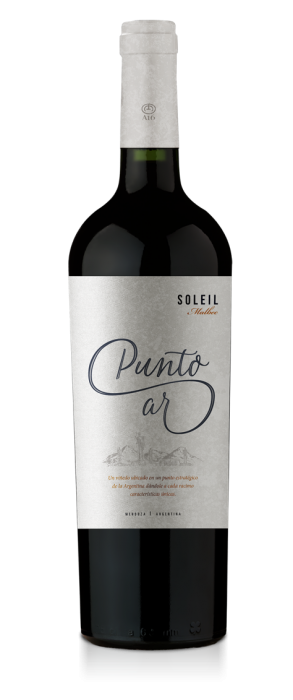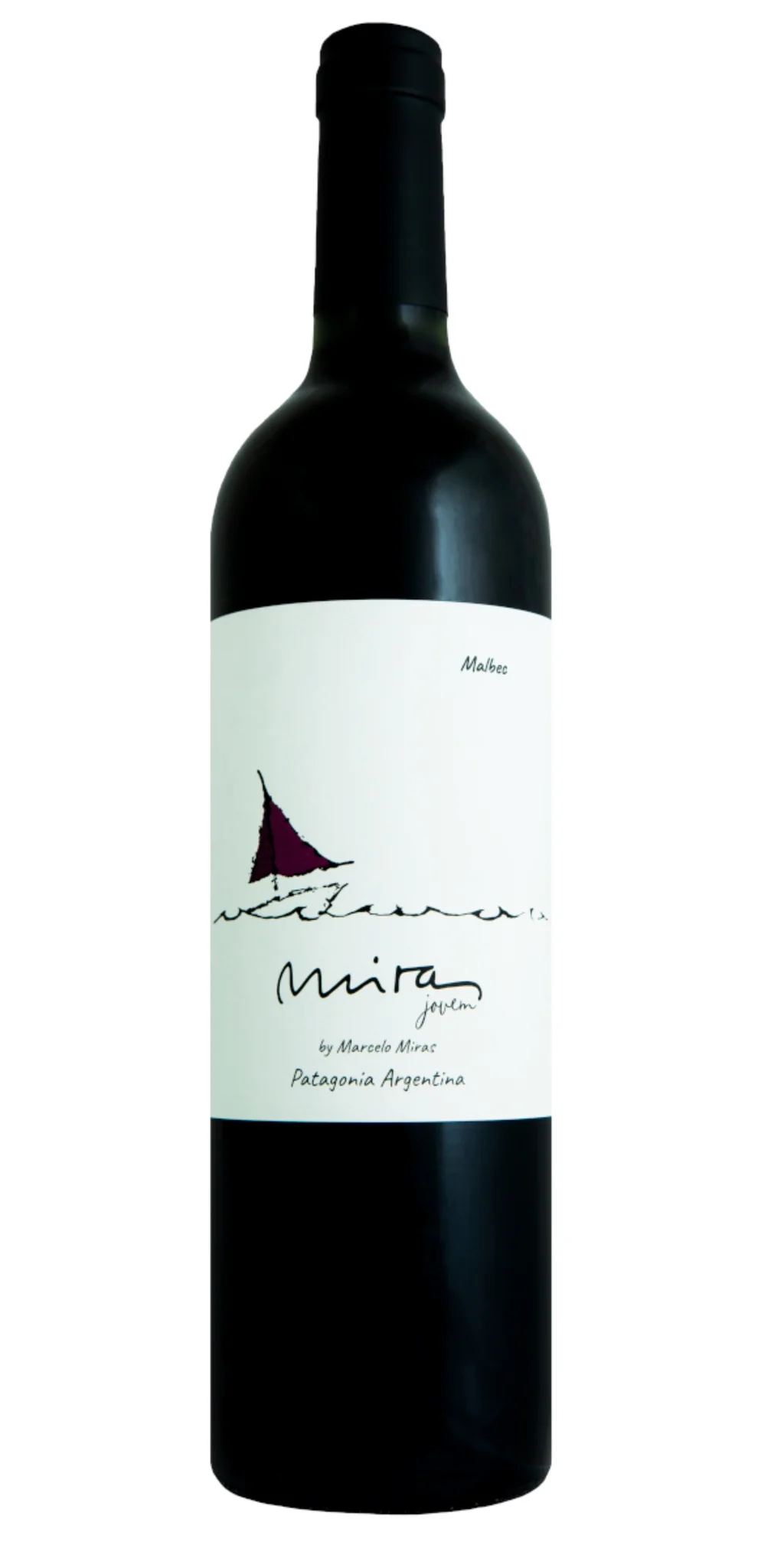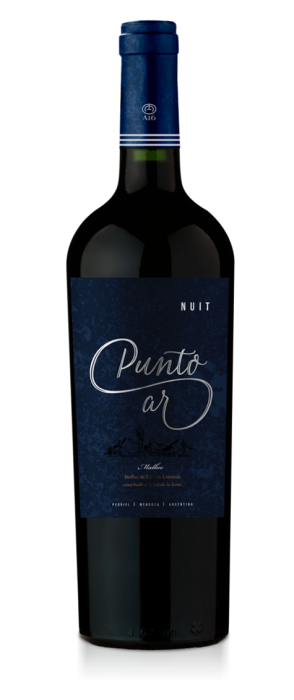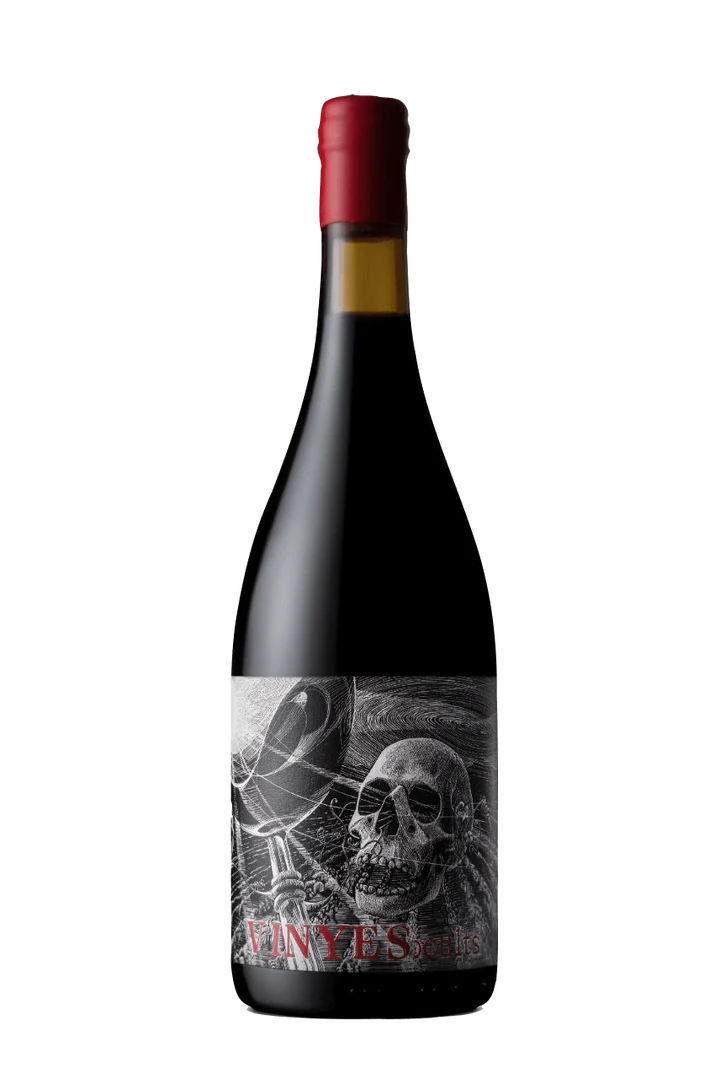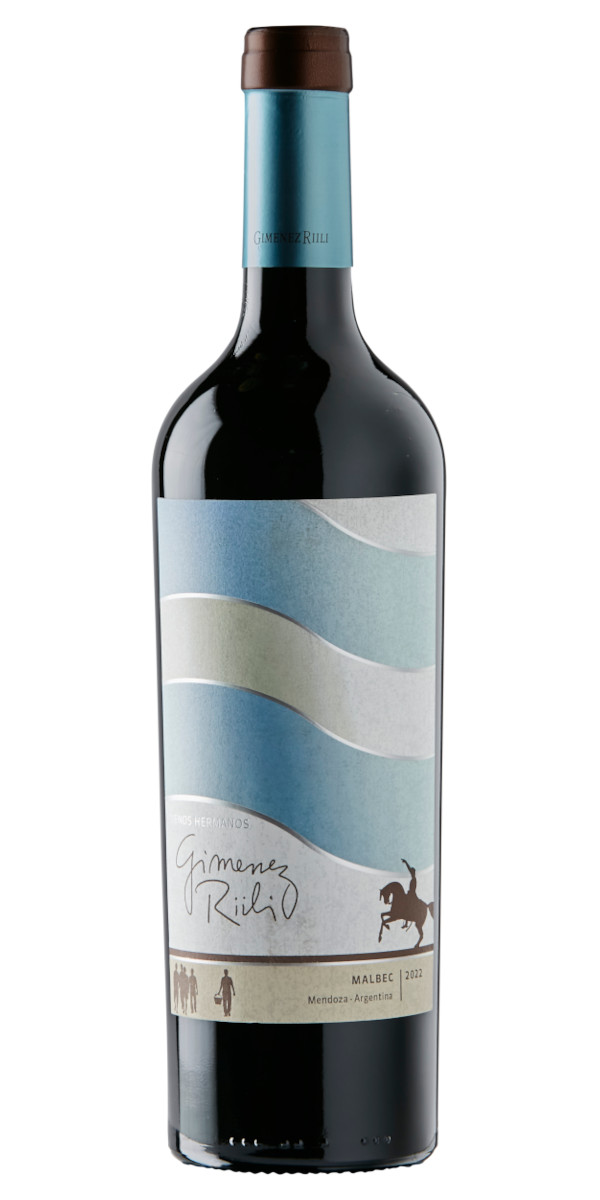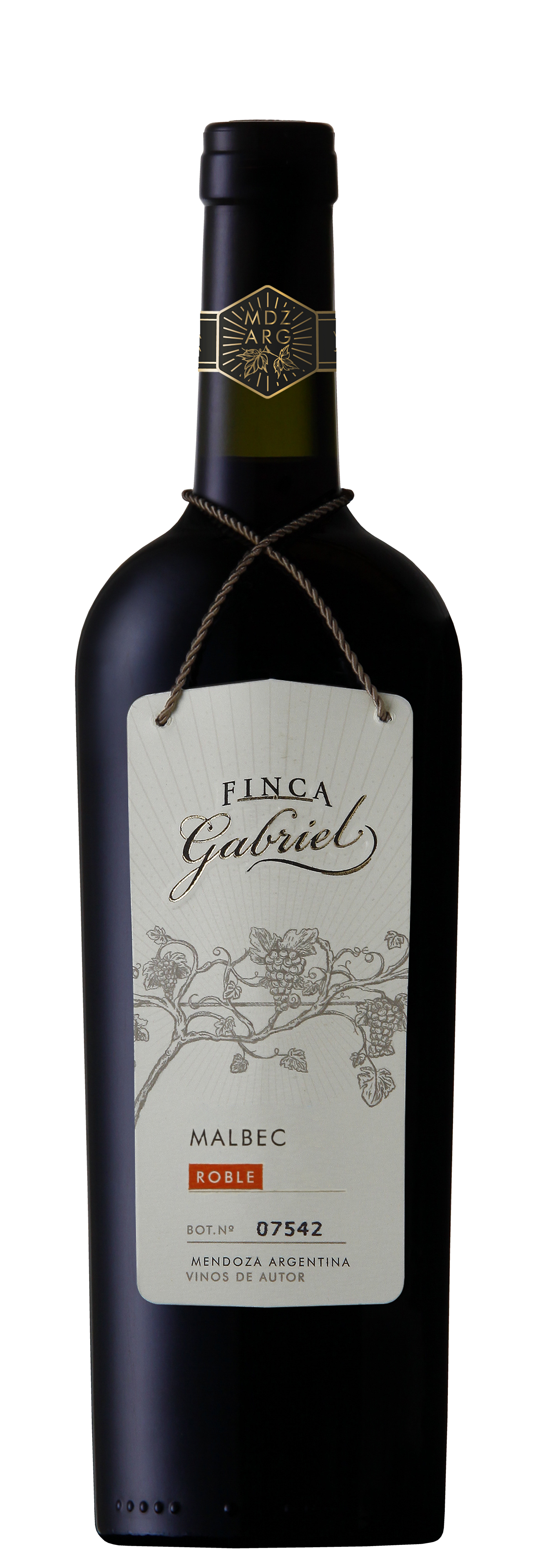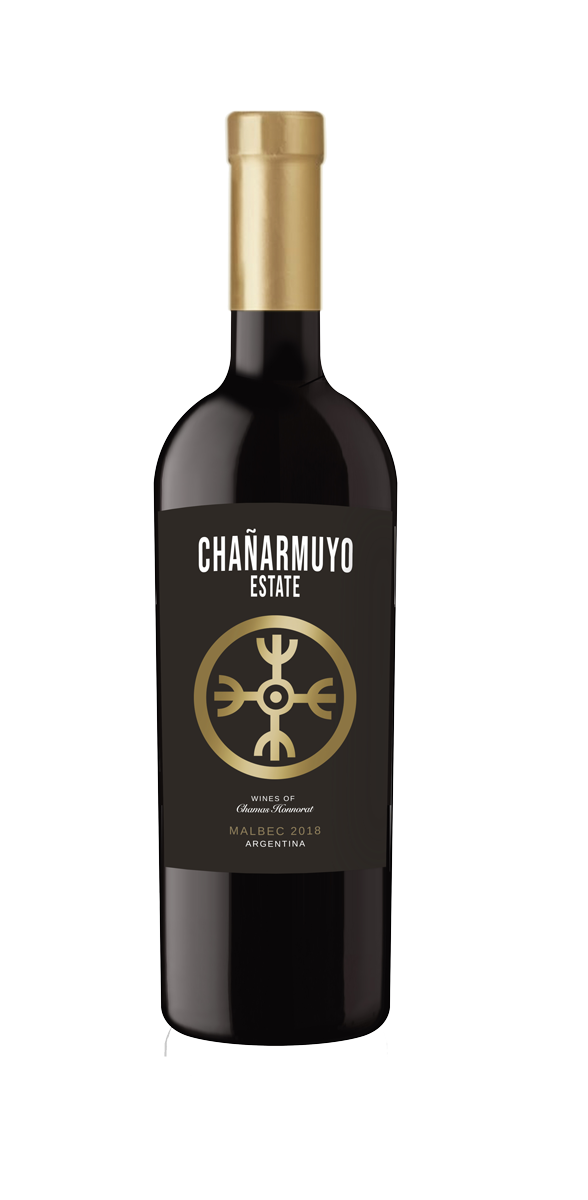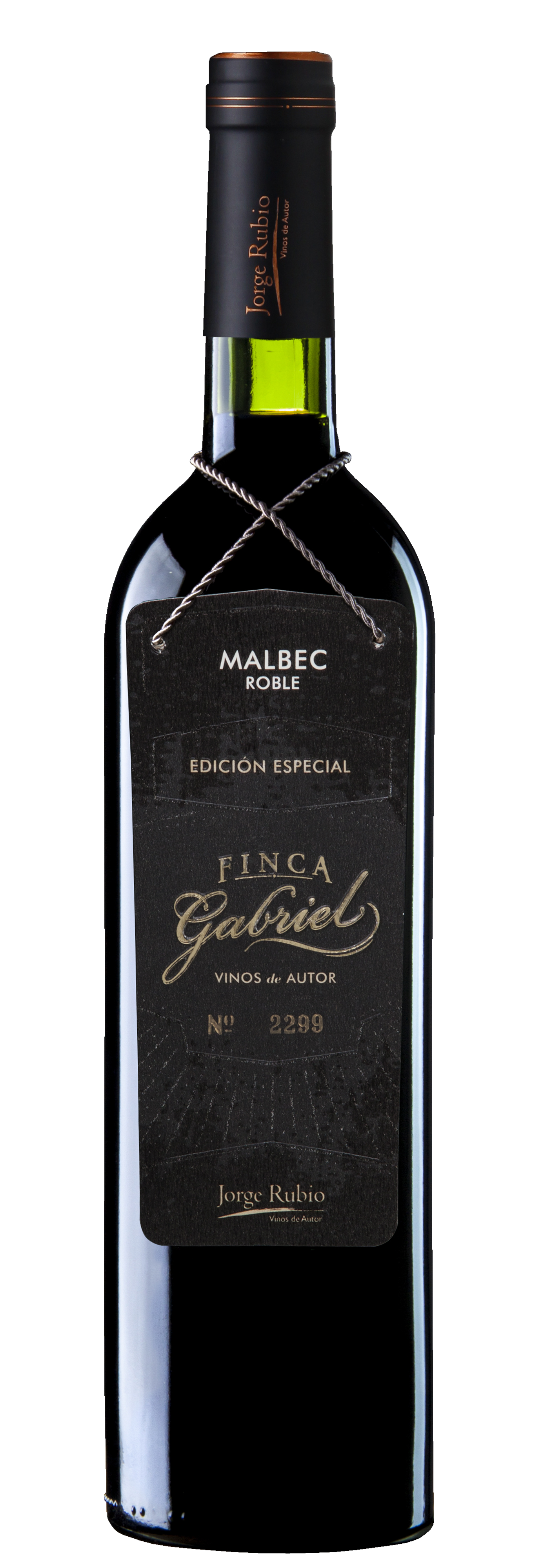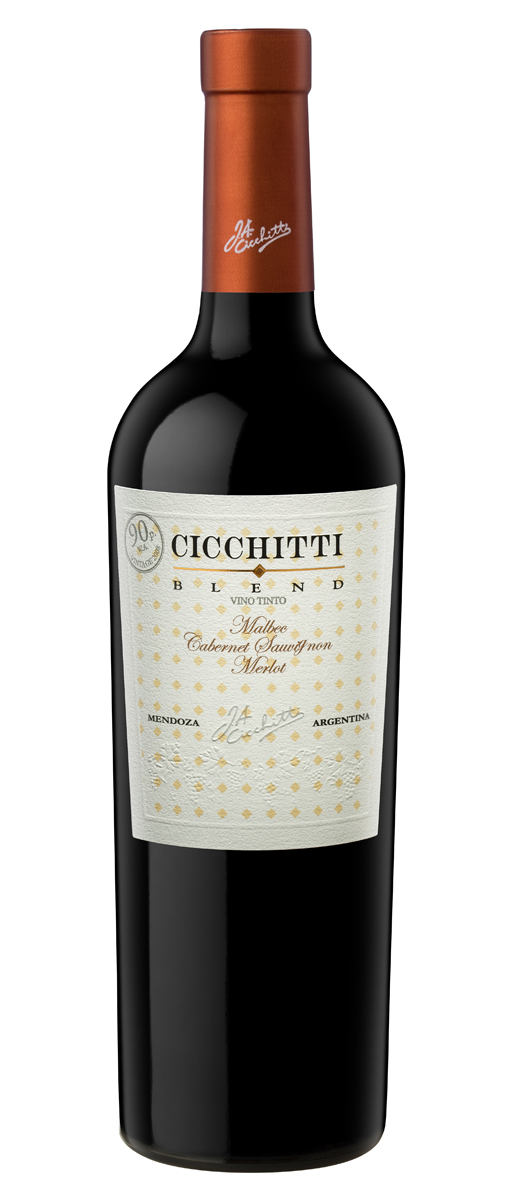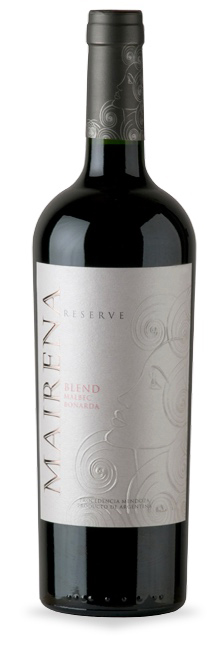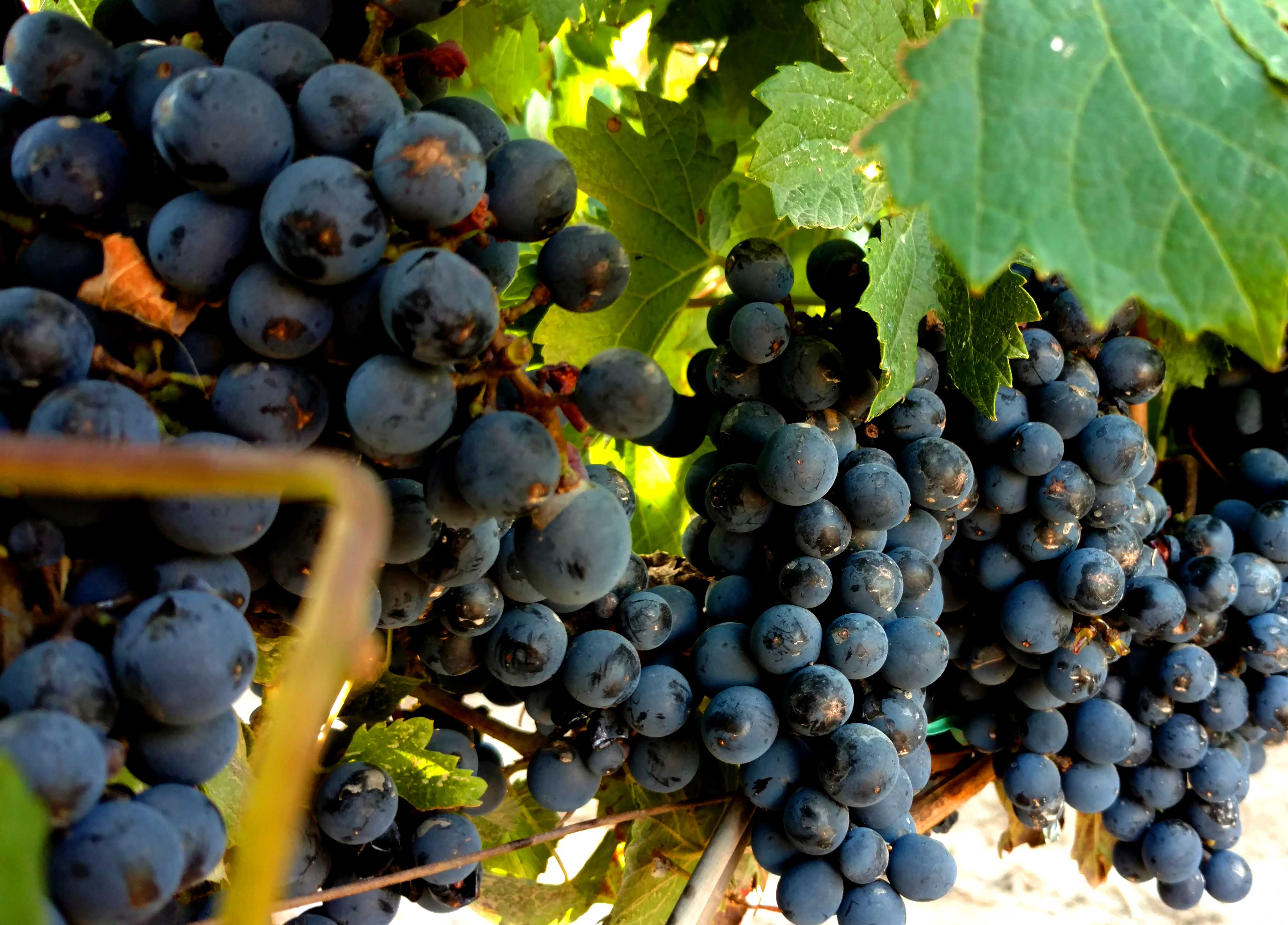
Content: 0.75 Liter (€13.07* / 1 Liter)
Content: 0.75 Liter (€13.20* / 1 Liter)
Content: 0.75 Liter (€13.33* / 1 Liter)
Content: 0.75 Liter (€14.67* / 1 Liter)
Content: 0.75 Liter (€15.33* / 1 Liter)
Content: 0.75 Liter (€16.61* / 1 Liter)
Content: 0.75 Liter (€17.00* / 1 Liter)
Content: 0.75 Liter (€17.33* / 1 Liter)
Content: 0.75 Liter (€20.00* / 1 Liter)
Content: 0.75 Liter (€20.00* / 1 Liter)
Content: 0.75 Liter (€20.53* / 1 Liter)
Content: 0.75 Liter (€21.07* / 1 Liter)
Content: 0.75 Liter (€21.33* / 1 Liter)
Content: 0.75 Liter (€23.33* / 1 Liter)
Content: 0.75 Liter (€24.00* / 1 Liter)
Content: 0.75 Liter (€24.00* / 1 Liter)
Content: 0.75 Liter (€24.00* / 1 Liter)
Content: 0.75 Liter (€25.33* / 1 Liter)
Content: 0.75 Liter (€26.67* / 1 Liter)
Content: 0.75 Liter (€26.67* / 1 Liter)
Content: 0.75 Liter (€26.67* / 1 Liter)
Content: 0.75 Liter (€27.07* / 1 Liter)
Content: 0.75 Liter (€27.72* / 1 Liter)
Content: 0.75 Liter (€31.87* / 1 Liter)
Buy online Malbec from Argentina
Ein Überblick über die argentinische Weinherstellung:
Im südlichen Teil des amerikanischen Kontinents gelegen, mit 44 Millionen Einwohnern und einer Fläche fast achtmal so groß wie Deutschland, ist Argentinien eines der Naturreservate der Welt. Privilegiert durch die außergewöhnliche Vielfalt seiner Landschaften, bietet Argentinien hohe Berge und Ebenen, üppige Vegetation und extreme Wüsten, Wälder und Steppen, Gletscher und Wasserfälle.
Zu diesem Reichtum an natürlichen Ökosystemen gehören große, hochproduktive Weinanbaugebiete, die sich am Fuße der Anden von Norden nach Süden erstrecken, mit einer Anbaufläche von knapp über 200.000 Hektar. Dadurch ist Argentinien in der Welt vor allem für seine hochgelegenen Weine bekannt.
Über fünf Jahrhunderte hat Argentinien eine außergewöhnliche Weinindustrie entwickelt. Die Höhenlage, das Klima und das Terroir, zusammen mit einer tief verwurzelten populären Weinkultur, verleihen den argentinischen Weinen eine einzigartige Identität und Qualität. Heute ist Argentinien der fünftgrößte Weinproduzent der Welt.
Warum argentinische Weine bestellen?
- Weingüter entwickeln ständig ihre eigene nationale und regionale Identität und konzentrieren sich zunehmend darauf, das Terroir zum Ausdruck zu bringen.
- Die argentinische Weinproduktion verbindet traditionelle Formen mit Technologie und aktuellen Trends. Dies ermöglicht es den Weinproduzenten, ihr Angebot ständig zu erneuern, sowohl auf dem inländischen als auch auf dem ausländischen Markt.
- Die Winzer fordern die Grenzen mit neuen Projekten und neuen Arten der Weinherstellung heraus, sowohl bei Rebsorten als auch bei Cuvées und Blends.
- Dank der Vielfalt der Böden und der Weite des Landes wird ständig mit neuen Regionen experimentiert, was zur Schaffung neuer geografischer Angaben (GIs) führt.
Welche sind die wichtigsten Weinregionen Argentiniens?
Weine aus Nordwesten (Jujuy, Salta, Tucumán und Catamarca)
Die nördliche Region zeichnet sich durch die Höhenlage der Weinberge aus, die zwischen 1.000 und 3.300 Metern über dem Meeresspiegel liegen. Hier befinden sich die höchstgelegenen Weinberge der Welt.
Weine aus Cuyo (La Rioja, San Juan und Mendoza)
Weine aus Mendoza:
Weine aus La Rioja:
Weine aus Patagonien (La Pampa, Neuquén und Río Negro)
Red Wines from Argentina: Basic knowledge
What are the typical Argentine foods to pair with Argentine wines?
Argentina is known worldwide for its beef production, so generally a Malbec from Argentina pairs wonderfully with a good grilled steak, or with the typical "asado", which is the traditional barbecue of this country.
In any case, more and more people are choosing not to eat meat in this country. Considering the great influence of Spanish and Italian food in Argentina, it is also very common to accompany red wines with pasta. More concentrated tomato sauces (such as tuco) go very well with a good Cabernet Sauvignon from Salta.
In Patagonia, it is traditional to pair fish and seafood dishes with delicious Patagonian Pinot Noir, as well as with Chardonnay. In that region and in Mendoza, there are delicious Chardonnay wines that have been aged for some time in oak barrels, so they are wines with more body and structure.
Of course, in Argentina they eat delicious empanadas, which can be made of meat, chicken, fish or vegetables. In the summer, a typical fried empanada can pair very well with a Torrontés wine from Salta, served very cold.
What is the altitude of the vineyards in Argentina?
The average altitude of the vineyards of Mendoza, San Juan and La Rioja (Cuyo region) range from 800 to 2000 meters above sea level.
How many Appellations of Origin (DOC) does Argentina have?
Argentina has two DOC ( Controlled Denomination of Origin), and both are in Mendoza. One is Luján de Cuyo and the other is San Rafael. However, Argentina has almost 100 GIs (Geographical Indications) distributed in all the provinces that produce wine, and in its main regions.
What is the development of Argentine wine production?
Of the total cultivated area, 59% are red vines, 18% are white vines and 23% are rosé vines.
Of the total wine produced in Argentina in 2020, 72% of the wine is produced in Mendoza.
Argentina has more than 950 wineries in activity.
Which is the most recognized Argentine red wine?
The most recognized Argentine red wine worldwide is Malbec wine. You can also find Bonarda, Cabernet Sauvignon, Cabernet Franc, Pinot Noir, Syrah, Merlot and Tempranillo.
What is the most recognized Argentine white wine?
The most recognized Argentine white wine is Torrontés wine. This is a unique grape variety, which emerged during the Jesuit period in the 16th century, a blend of the Muscat of Alexandria grape and a local Creole grape variety. The Torrontés wine variety with which the highest quality wines are made is Torrontés Riojano. There is also Argentine red wine Chardonnay, Sauvignon Blanc, Chenin, Semillon and Viognier.
Where to buy wine from Argentina online?
We suggest you to buy in our online shop Andenweine. Some of the advantages of buying wine in Andenweine are:
- great variety of red wines, white wines and sparkling wines.
- You will find wines from the main wineries in Argentina.
- secure payment methods
- fast shipping of wines all over Europe
- excellent wine advice
- selection of organic and ecological wines
- personalized customer service
Buying in Andenweine you will be able to choose among the main wine regions of Argentina, such as:
• wines from Mendoza
• Wines from Salta
• Wines from Patagonia
• Wines from Uco Valley
• Wines from Cafayate







